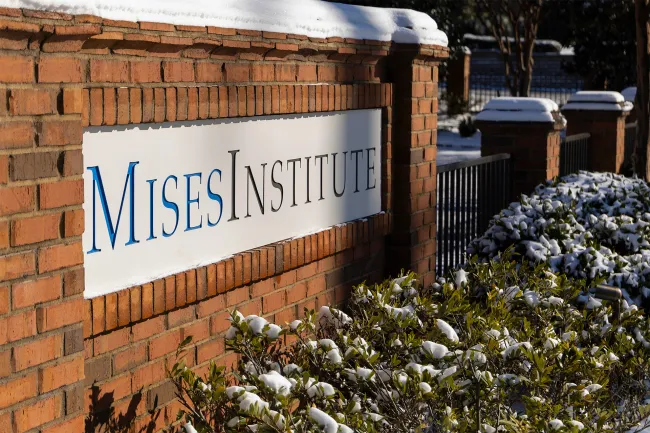By way of executive order, President Trump aims to implement a Sovereign Wealth Fund in the United States. A 90-day deadline has been set for the official plan, requiring various officials and departments to quickly collaborate on its development. But what are some of the implications? What could this look like?
Sovereign Wealth funds are not a new concept. The largest one in the world, Norway’s Sovereign Wealth Fund, boasts an asset value of nearly $2 trillion.

According to the Norges Bank Investment Management website, it all started when:
In 1969, one of the world’s largest offshore oilfields was discovered off Norway. Suddenly we had a lot of oil to sell, and the country’s economy grew dramatically. It was decided early on that revenue from oil and gas should be used cautiously in order to avoid imbalances in the economy.
Also in 1969, Norway’s population was approximately 3.8 million people. Of course, the USA is not Norway. The fabled “Norwegian Model” for anything is hardly an exportable model as much as a serendipitous circumstance Norway found itself in.
The population of Norway currently stands at 5.6 million people, or a little over half the population of New York City.
By comparison, this data set shows the barrel production per day, per 1,000 people. (Data as of 2007).

Naturally, due to the size of the oilfield and miniscule population compared to the USA, Norway produces far more oil per person. All this is to say: the wealth fund might work for Norway, but will it work for America?
This isn’t capitalism; and it requires the government to first procure money, from somewhere. It could use tax dollars. To be fair, assuming all things being equal, if the Department of Government Efficiency (DOGE) continues at this break neck speed, the government should have more tax dollars at its disposal to then invest into the fund.
The government could also sell assets, such as green space, buildings, or sell its nearly 200,000 bitcoins mostly funded involuntarily by Ross Ulbricht.
Or it could simply borrow and/or create money with help from the Federal Reserve. In a very simplified way, the Sovereign Wealth Fund could effectively borrow trillions of dollars at a relatively low rate of interest then invest in stocks, bonds, real estate, gold, silver, or even crypto currency, to mention just a few possibilities.
Naturally, the creation of new money is literally monetary inflation; and the new money supply will invariably increase asset prices, debase the US dollar, and further contribute to the increase of everyday household items, in due course.
The Federal Reserve and the other central banks of this world already act as an immense market force. Even if this administration’s heart is in the right place, do we really want another multi-billion-to-trillion-dollar fund to handle people’s savings? The propensity for things to go wrong, market distortions to take place, or just the opportunity cost of giving more money to the government as opposed to the public probably makes this not ideal… But for now, all we can do is wait and see.


